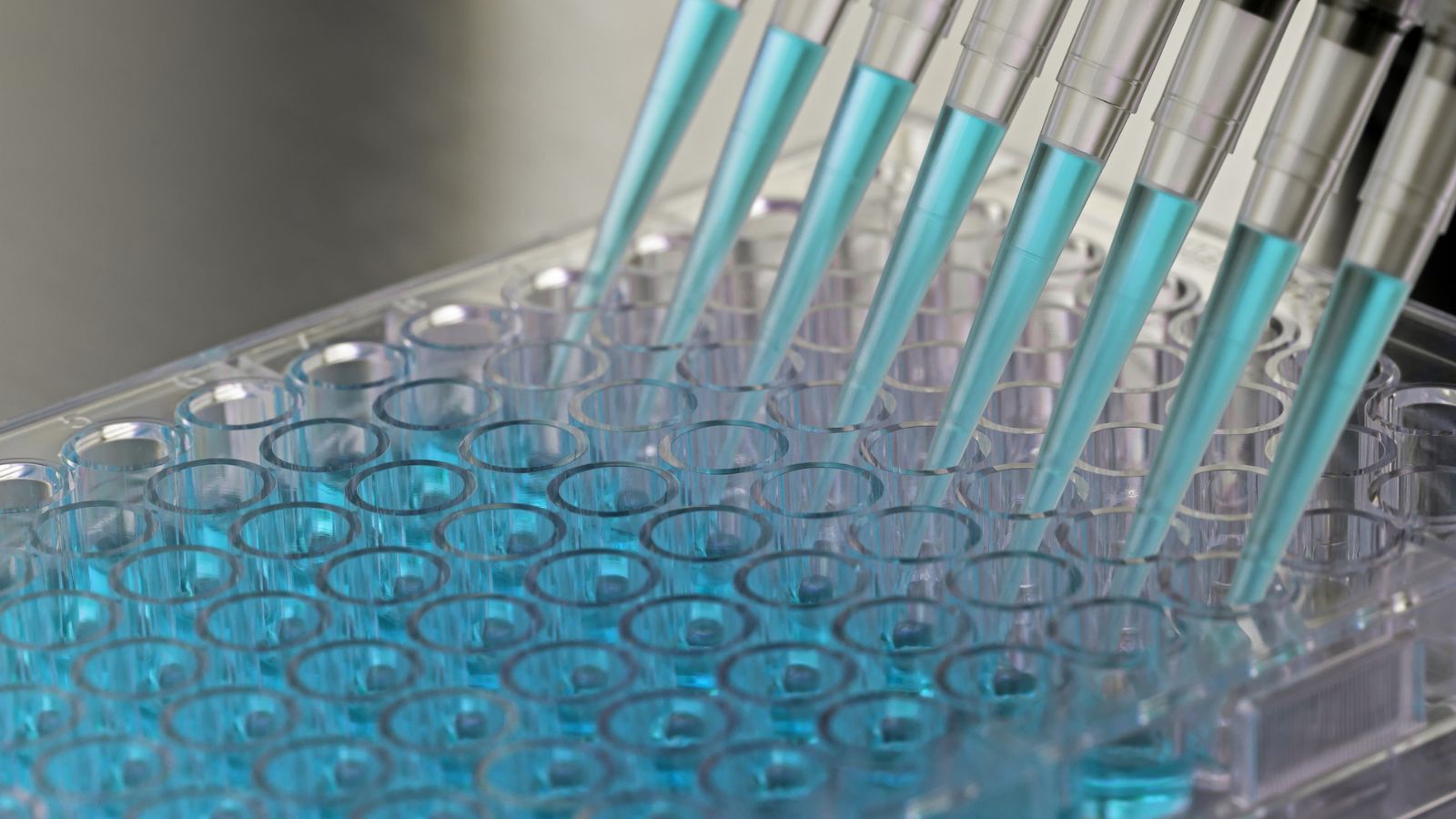Manufacturers of in vitro medical devices who may be anxious over looming deadlines posed by Europe’s regulations have been given some breathing room. In January 2024, the European Commission proposed a new extension for compliance with the In Vitro Diagnostic Medical Devices Regulation IVDR) with the aim of preventing potential supply disruptions.
Under the proposal released in late January, the European Commission will grant medical device manufacturers (MDMs) more time to prepare their devices for the market, starting with an additional 31 months to get ready for certification.
The Background
The IVDR, alongside its counterpart, the Medical Device Regulation (MDR), was established by the European Union to enhance the safety and effectiveness of medical devices, including essential diagnostic tools. Adopted in 2017, the IVDR came into force in May 2022, replacing the In Vitro Diagnostics Directive (IVDD).
A key feature of the IVDR is its risk-based classification system for in vitro diagnostic devices, which categorizes them into Classes A through D, with Class D representing the highest risk. This system aligns with global standards and demands stricter compliance, especially for higher-risk classes. The regulation also places greater emphasis on clinical evidence and post-market surveillance to ensure ongoing safety and effectiveness.
Why the Need for Extension?
The heightened concern that caused this potential extension is rooted in the challenges that some MDMs are facing in meeting stricter IVDR compliance by the initial deadlines. While its implementation marks a significant advancement in medical device regulation, the IVDR has presented challenges, particularly for small and medium-sized enterprises (SMEs) due to the complexity and cost of compliance.
The certification process for high-risk class D devices, for instance, typically takes 13-24 months. As a result, this could mean potential supply disruptions for patient-critical items such as diagnostic tests for life-threatening conditions and is particularly crucial for high-risk IVDs used for blood and organ donations.

To address this potential pitfall, the proposal recommends granting MDMs an additional 31 months for compliance. The proposed delay would also extend the deadline for high-risk class D devices to the end of 2027.
The Details of the Proposed Delay
Acknowledging these challenges, the European Commission recommended extending the transition period and adding different deadlines based on the risk category of the devices:
- High-risk devices (Class D), including HIV or hepatitis tests, are extended until December 2027.
- Moderate-risk devices (Class C), such as cancer tests, are extended until December 2028.
- Lower-risk devices (Class B and A sterile devices) are extended until December 2029.
These longer timelines aim to provide manufacturers with adequate time to comply with the new regulations without compromising patient safety and care.
Fast-Tracking EUDAMED
In tandem with the IVDR extension, the European Commission also revised its plans for EUDAMED, the European Database on Medical Devices. The Commission now intends to make the use of EUDAMED modules mandatory on a gradual basis, rather than waiting for the completion of all six modules. This strategy aims to accelerate EUDAMED adoption and enhance the monitoring of medical devices within the EU.
Three EUDAMED modules have been available for voluntary use since December 2020 and October 2021. The remaining modules are expected to become available between Q2 2024 and Q3 2026. In response to the challenges faced by manufacturers, particularly small and medium-sized enterprises, the Commission acknowledges the importance of EUDAMED in the implementation of MDR and IVDR. This database is critical to monitor for potential product shortages and streamline product information reporting at the national level.
Implications and Future Actions
The IVDR extension strives to balance ensuring the availability of essential medical devices and maintaining stringent safety standards. The European Commission also plans to conduct a targeted evaluation of the medical devices legislation in 2024, focusing on its impact on device availability and the implications for SMEs.
The IVDR extension proposal, reflecting the Commission’s commitment to patient safety and support for the industry, is now under review by the European Parliament and European Council.
What To Do Now
The extension of the IVDR compliance deadline provides MDMs with additional time to ensure regulatory compliance, but staying proactive is essential. Here are some key actions to consider while working toward compliance:
Secure and Organize Documentation: Both IVDR and MDR emphasize precise documentation, including clinical data, risk assessments, and technical documentation. MDMs can implement advanced document management systems to ensure organized, version-controlled, and easily accessible documents. Data integrity and security should also be prioritized by incorporating robust data management practices such as encryption and comprehensive audit trails.
Leverage Language Services: Complying with IVDR necessitates product documentation in official EU Member State languages. MDMs can collaborate with experienced language service providers (LSPs) to localize content accurately. LSPs offer linguistic expertise and regulatory knowledge to produce translations that align with EU compliance requirements.
Enhance Post-Market Surveillance: MDMs can strengthen post-market surveillance systems to continuously evaluate product safety and effectiveness post-market entry. This can be done by monitoring user feedback, reporting adverse events, and analyzing clinical data regularly. Effective post-market surveillance not only ensures ongoing regulatory compliance but also facilitates prompt identification and resolution of potential product issues.

A Time-Limited Lifeline for MDMs
The European Commission’s decision to extend the IVDR transition period is a realistic response to the current challenges faced by the medical device industry. The delay acknowledges the complexities MDMs face in achieving regulatory compliance while simultaneously safeguarding the availability of medical devices.
This extended timeline should provide the necessary cushion for a smoother transition, benefiting manufacturers, healthcare providers, and, most importantly, patients relying on these critical diagnostics.
Unlocking Compliance with Argos Multilingual
For manufacturers, maintaining an up-to-date understanding of regulatory changes such as this new deadline extension is essential for successful market entry.
At Argos Multilingual, we offer tailored language services for medical device manufacturers navigating MDR and IVDR compliance. Our translation and localization expertise can facilitate communication with your Notified Body and help your devices comply with MDR and IVDR regulations.
Do you have questions about language compliance? Learn how Argos Multilingual can support your MDR or IVDR efforts.
 Argos Multilingual
5 min. read
Argos Multilingual
5 min. read
EUDAMED, the European Database on Medical Devices, is a central part of the EU’s medical device regulatory landscape. This centralized hub houses critical information about medical devices circulating in the EU market, including details about their makers, safety assessments, and more. For medical device manufacturers (MDMs), understanding EUDAMED is essential. It’s not just about fulfilling […]

 Argos Multilingual
6 min. read
Argos Multilingual
6 min. read
As we move into 2024, the Life Sciences sector in Europe and the UK continues to face a dynamic and challenging regulatory environment. The EU Medical Device Regulation (MDR), effective since May 26, 2021, and the ongoing impacts of Brexit, the United Kingdom’s 2020 exit from the European Union, remain central issues. These changes are […]







